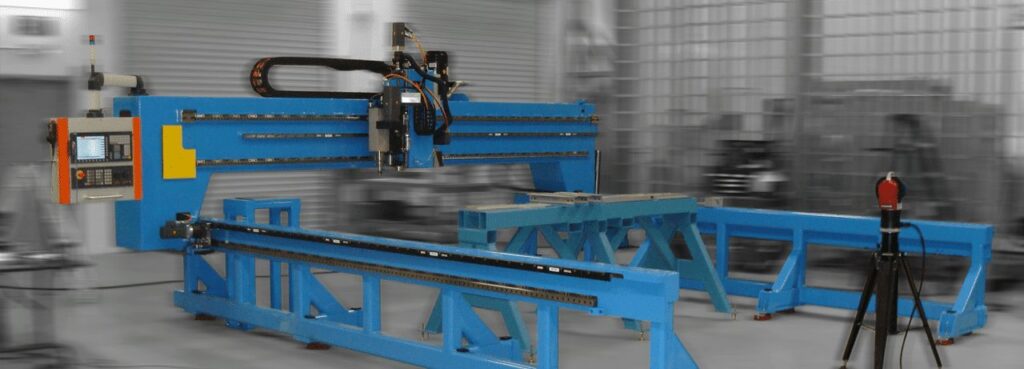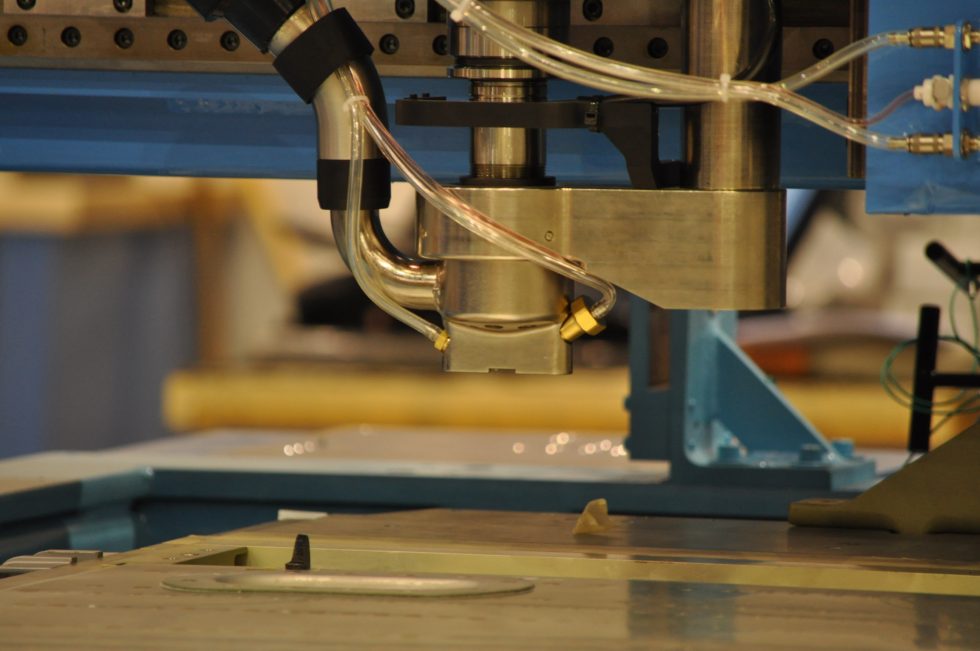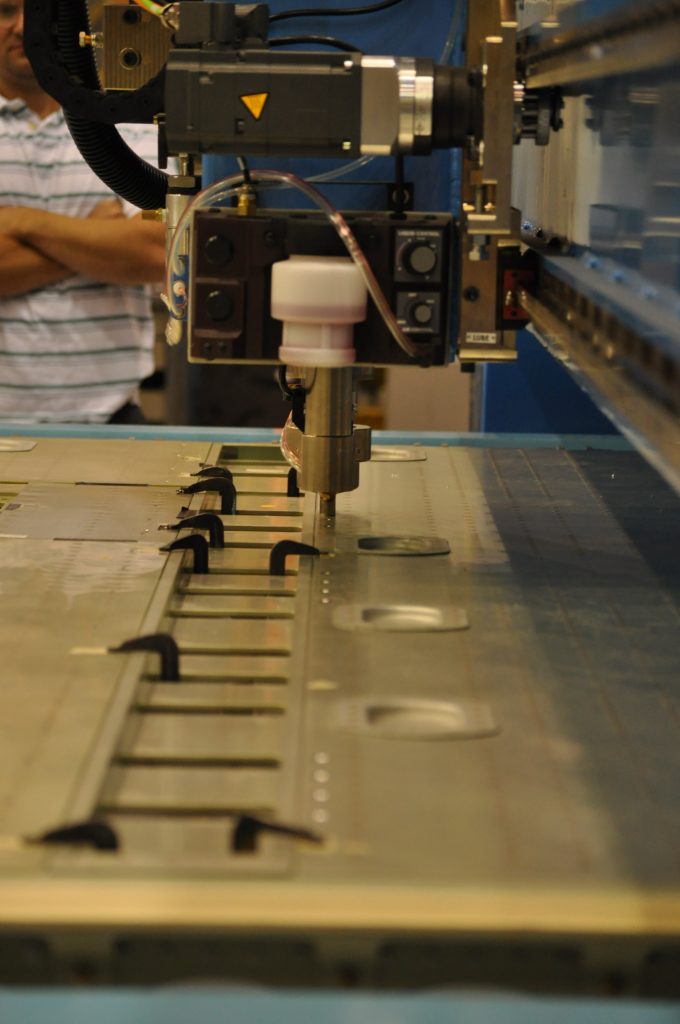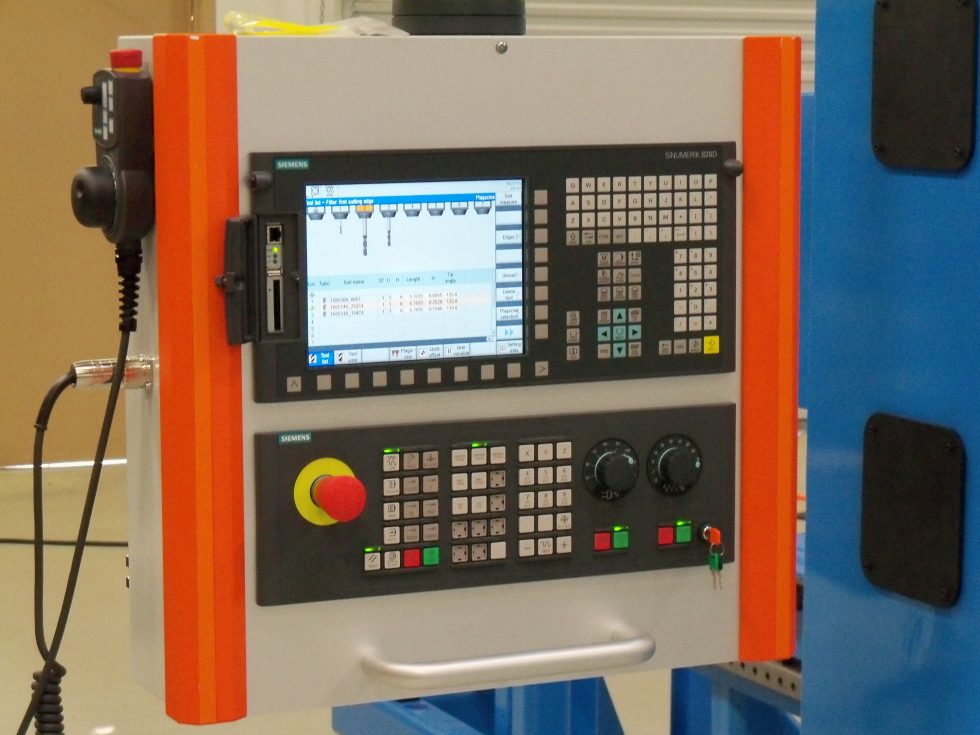Smart Calibration Strategies: Machine Vision's Contribution to Reliable Cargo Ramp Drilling

In the intricate domain of aviation maintenance, achieving reliability in cargo ramp drilling is a constant pursuit. Machine vision emerges as a game-changer, introducing smart calibration strategies that not only ensure precision in drilling operations but also contribute to the overall reliability of the process. This article explores the innovative ways in which machine vision is shaping smart calibration strategies for reliable cargo ramp drilling.
Introduction
Cargo ramp drill demands a meticulous approach to ensure the structural integrity of aircraft. Smart calibration strategies, backed by machine vision, offer a dynamic and reliable solution to the complexities associated with drilling operations. This article delves into the contributions of machine vision in crafting smart calibration strategies that elevate the reliability of cargo ramp drilling in the aviation industry.
Understanding the Need for Smart Calibration in Cargo Ramp Drilling
1. Precision Requirements:
- Cargo ramp drilling requires precision due to the critical nature of the holes for fasteners.
- Smart calibration becomes essential to meet stringent accuracy requirements and ensure the integrity of the drilled holes.
2. Material Variability:
- Cargo ramps often consist of diverse materials, from composites to metals.
- Smart calibration strategies accommodate material variations, ensuring reliability when drilling across different surfaces.
3. Dynamic Environmental Conditions:
- Operational environments can vary, introducing challenges like temperature fluctuations and humidity changes.
- Smart calibration adapts to these dynamic conditions, maintaining reliability in drilling operations despite environmental challenges.
The Role of Machine Vision in Smart Calibration Strategies
1. Real-time Measurement Accuracy:
- Machine vision systems provide real-time measurement accuracy, a cornerstone of smart calibration strategies.
- This ensures that drilling parameters are continually adjusted to maintain reliability, even in the face of changing conditions.
2. Adaptive Calibration Techniques:
- Adaptive calibration techniques in machine vision allow for real-time adjustments based on material properties.
- This adaptability ensures reliable drilling operations by accommodating variations in material composition.
3. Predictive Maintenance with AI Integration:
- Machine vision integrates with artificial intelligence for predictive maintenance.
- This proactive approach anticipates potential issues, contributing to the reliability of cargo ramp drilling operations.

Case Studies: Exemplifying Reliability Through Smart Calibration
1. Precision in Composite Structures:
- An aviation company implemented machine vision for smart calibration in composite structures.
- Reliable drilling operations were achieved, meeting precision requirements for composite materials.
2. Adaptive Calibration for Varying Metal Surfaces:
- Aircraft maintenance hangars adopted machine vision for adaptive calibration on varying metal surfaces.
- Reliable drilling was maintained across diverse metal compositions, showcasing the adaptability of smart calibration.
Future Trajectories: Advancements in Smart Calibration Strategies
1. Enhanced Sensor Integration:
- Ongoing research focuses on enhancing sensor integration within machine vision systems.
- Improved sensors contribute to more accurate measurements, further enhancing the reliability of smart calibration.
2. Blockchain for Calibration Traceability:
- The exploration of blockchain technology for calibration traceability is on the horizon.
- This advancement aims to establish transparent and secure records, ensuring the reliability of the entire calibration process.

Conclusion
Smart calibration strategies, empowered by machine vision, stand as the linchpin of reliability in cargo ramp drill. The ability to adapt to material variations, dynamic environmental conditions, and the integration of predictive maintenance elevates the reliability of the entire drilling process. As the aviation industry embraces these smart calibration strategies, the future of cargo ramp drilling promises not just precision but reliability that ensures the structural integrity of every aircraft.

FAQs: Frequently Asked Questions
- Q: How does machine vision contribute to real-time measurement accuracy in smart calibration for cargo ramp drilling?
- Machine vision systems provide real-time measurement accuracy, allowing for continuous adjustments in drilling parameters to maintain reliability.
- Q: What role does adaptive calibration play in ensuring reliable drilling operations across varying materials?
- Adaptive calibration techniques in machine vision enable real-time adjustments based on material properties, ensuring reliable drilling operations across diverse surfaces.
- Q: How does the integration of artificial intelligence contribute to predictive maintenance in cargo ramp drilling?
- Machine vision integrates with artificial intelligence for predictive maintenance, proactively addressing potential issues and enhancing the overall reliability of drilling operations.
- Q: Can you provide examples of successful implementation of machine vision for smart calibration in cargo ramp drilling?
- Yes, aviation companies have achieved reliable drilling in composite structures and adaptive calibration on varying metal surfaces, showcasing the success of smart calibration strategies.
- Q: What future advancements are expected in smart calibration strategies for cargo ramp drilling?
- Ongoing research focuses on enhancing sensor integration within machine vision systems and exploring blockchain technology for calibration traceability, aiming to further improve the accuracy and reliability of smart calibration strategies.






